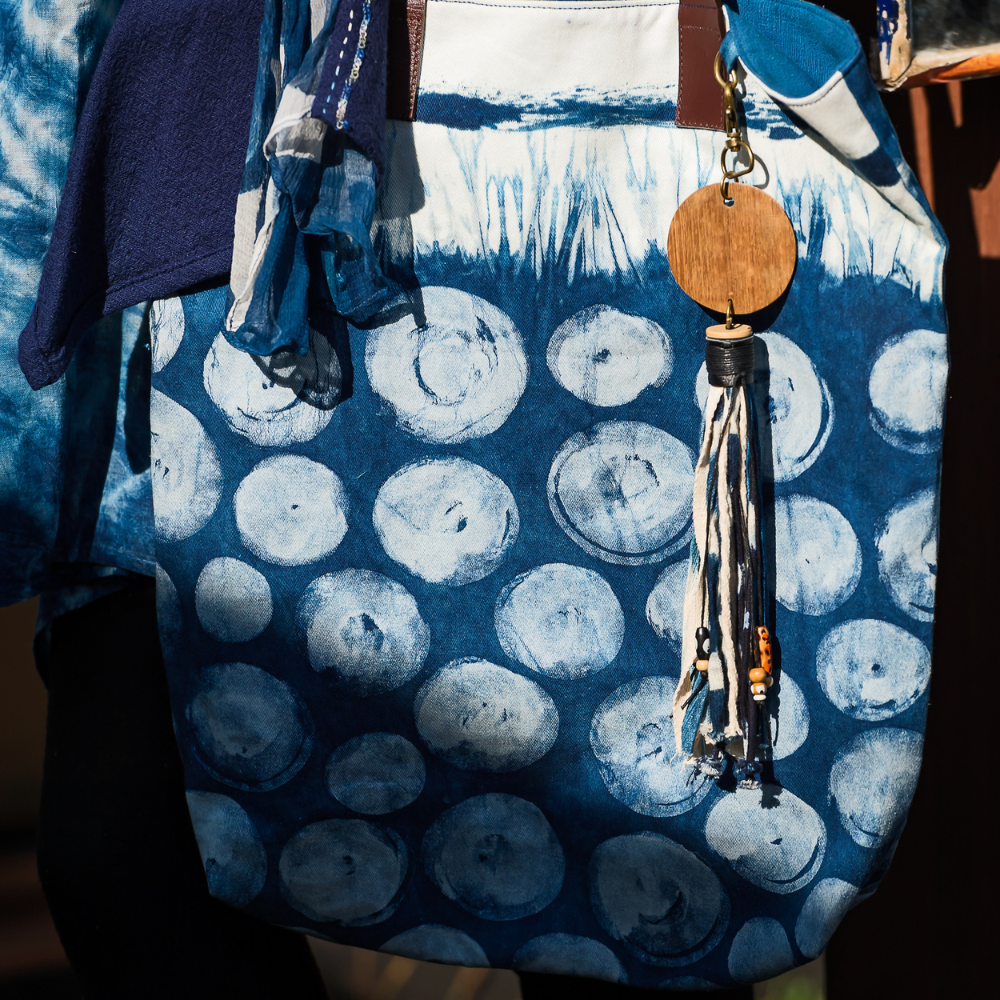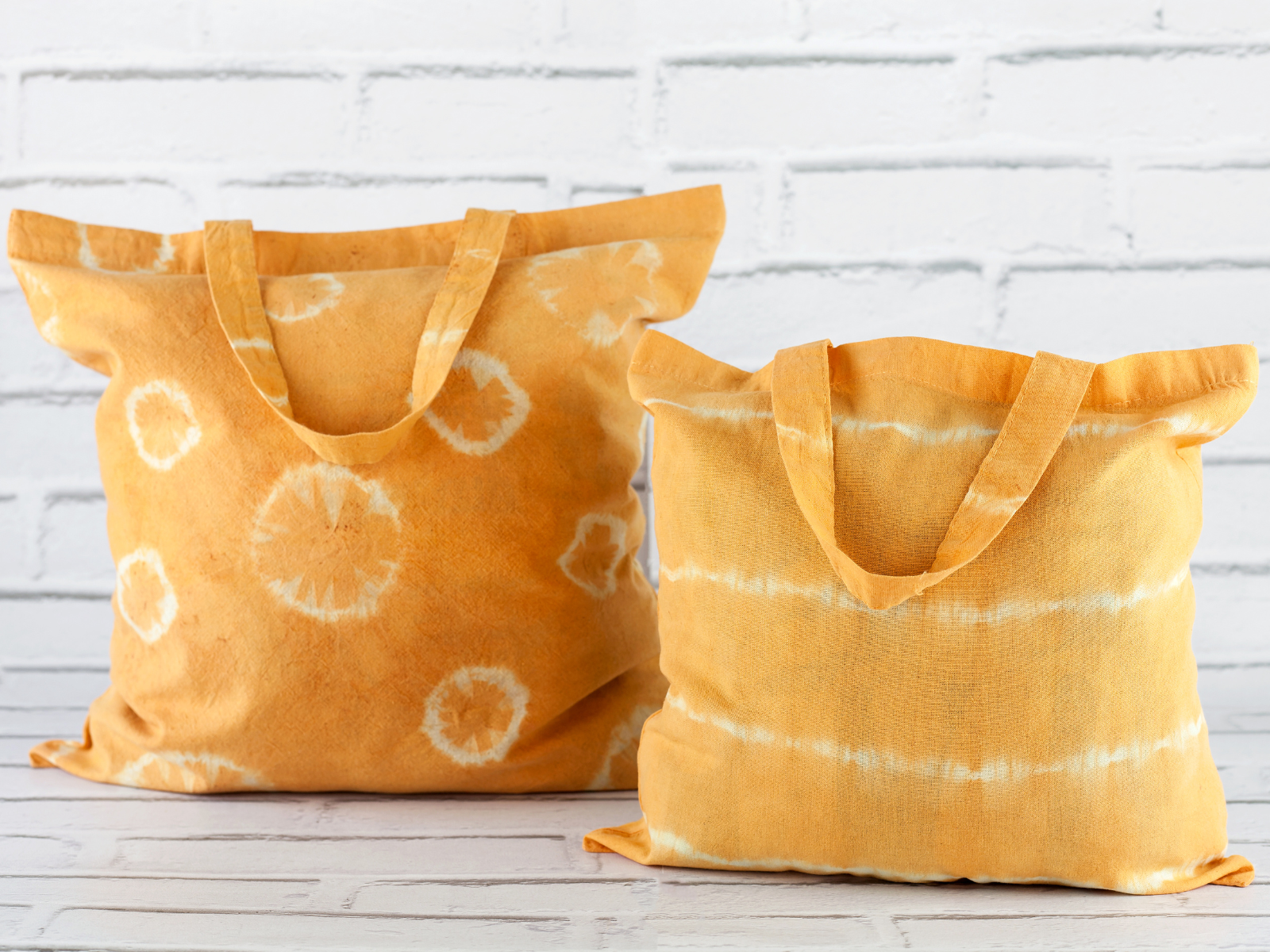Are you an artist who is looking to explore a whole new world of vibrant color?
Have you ever wished for a durable way to put the colors of the rainbow into your artwork?
Then fabric dyeing just might be perfect for you!
Fabric dyeing is an art form that's as old as civilization itself.
It's a magical process, transforming plain fabric into vibrant, expressive canvases.
Not only is fabric dyeing incredibly versatile and easy, but it can also help take your arts and crafts to new creative heights.
With so many different types, brands, and techniques, now is the time to discover what fabric dyes can do for professional artists as well as hobbyists.
Regardless of whether you are an artist with years of experience and knowledge, or someone just starting out in the craft, unlocking the possibilities that come with incorporating beautiful colors into your projects is really quite exciting.
Experience a swirl of different hues at your fingertips as we uncover the fascinating techniques for working with fabric dye — from tie-dye to shibori and more!
With just a few simple items, you can transform any piece of cloth or garment through the magical process of DIY fabric dying.
Whether it's adding subtle pops of electricity or going for all out rainbow colors, this is your opportunity to explore infinite shades and vibrations within your own work.
From tie-dye shirts to ombre dresses, fabric dyes allow you to add a personal touch to your wardrobe while unleashing your creativity; dyeing fabric can be a fun and easy activity that yields fantastic results if done correctly.
So, let us show you how easy it is to access a kaleidoscope at your fingertips – join us on our colorful mission today!
Unleash your imagination using vibrant fabrics bursting with life and unlock endless creative possibilities!

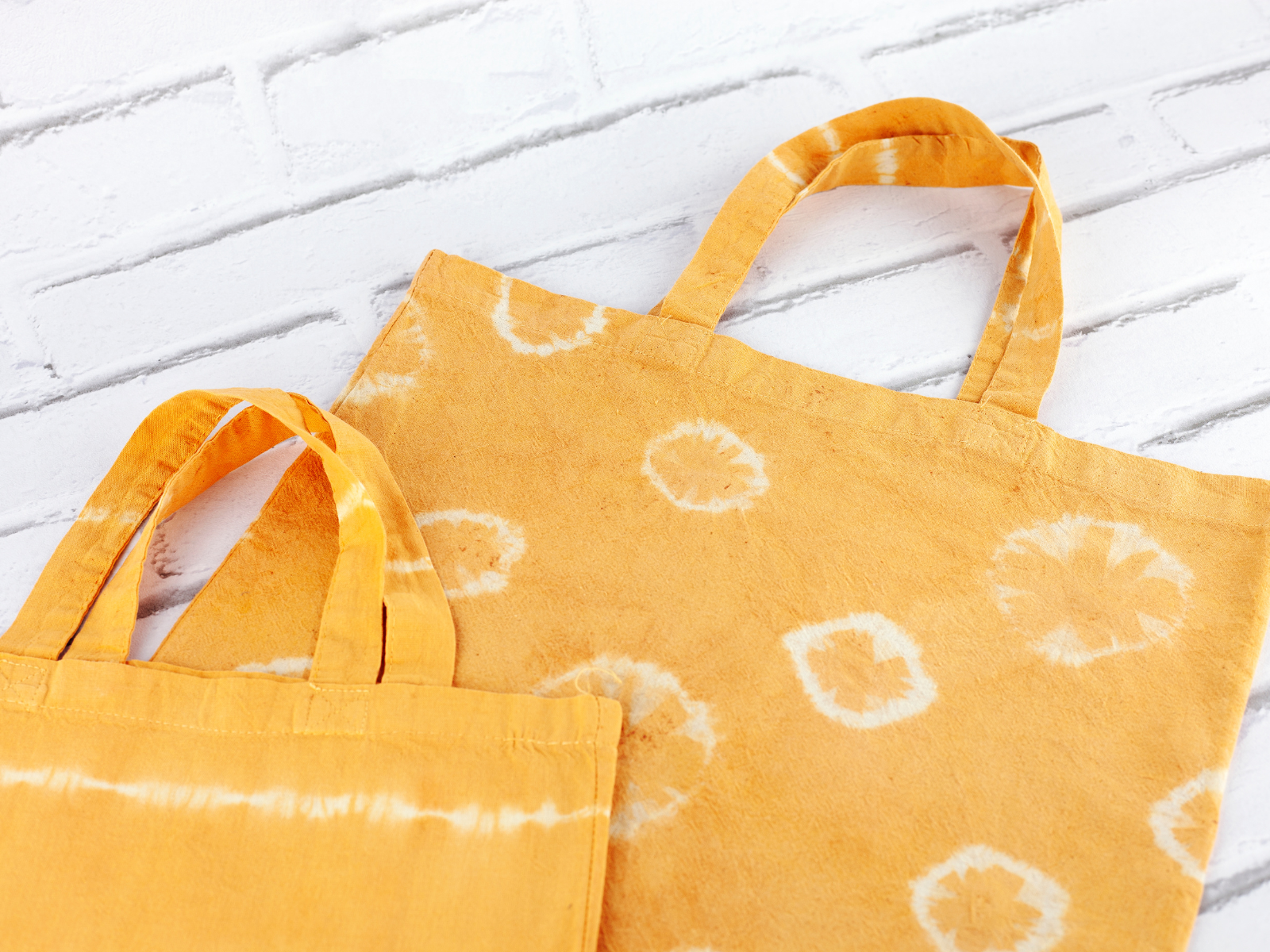

A Colorful History
Fabric dyeing has been around longer than your grandma's grandma; in fact, it's older than the oldest tree in your neighborhood park.
It dates back to ancient times, when people dyed fabrics to make clothing and add color to their lives.
Early fashion pioneers used natural resources like plants, animals, and minerals to dye their clothes.
Beetles for red, indigo plant for blue, and even gold for a touch of luxury!
With a history spanning thousands of years, the craft has come a long way in terms of technology and methods.
But we've come a long way from crushing beetles for red dye (ew, right?).
The invention of synthetic dyes in the mid-19th century changed the game, opening up a limitless palette of colors.
Today, we have a whole rainbow of colors at our fingertips, ranging from a tie dye kit, all-purpose liquid dye, Jacquard acid dyes, and more.
Nowadays, fabric dyes can be used for just about any project you can imagine — from fashion design to home décor and more!
The process has been perfected and modernized to make dyeing your own fabric easier and more accessible than ever before.
All you need are a few basic items — like a bucket, a brush, some water-based dyes; with a wide variety of synthetic dyes as well as easy-to-follow instructions, you can quickly and easily transform any piece of fabric into a colorful masterpiece!
The possibilities are truly endless when it comes to what you can achieve with fabric dye.
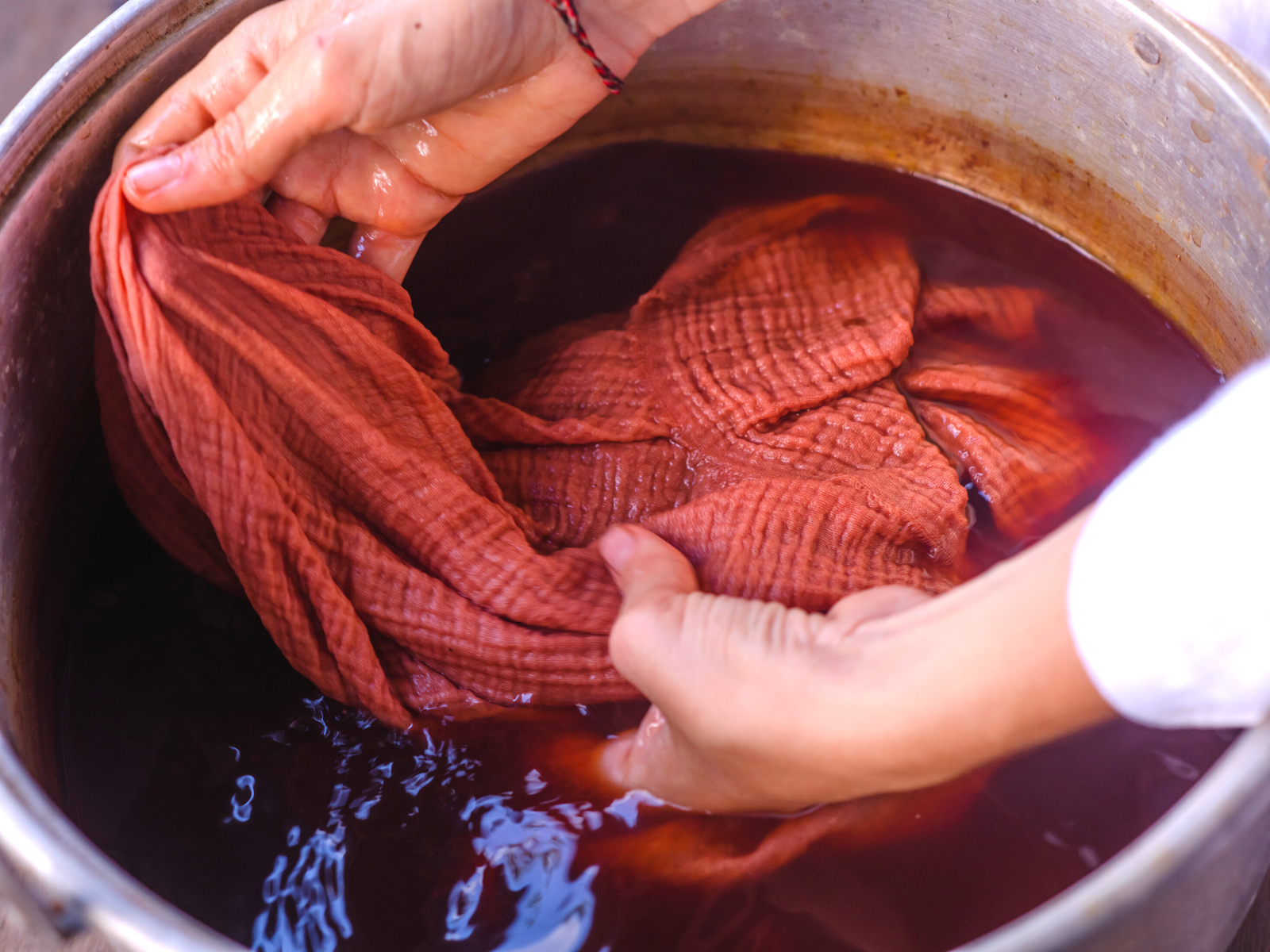
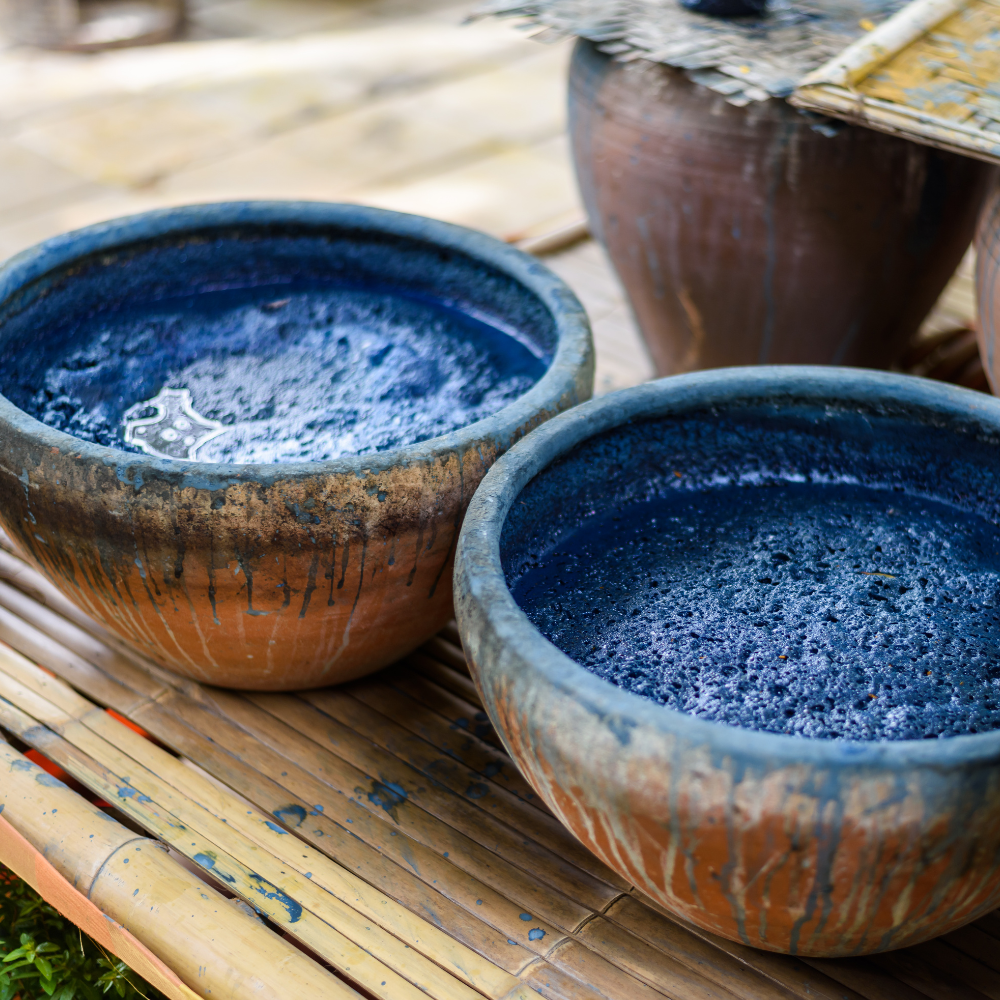

The Dye-Hard Fans
Now that you know a bit about the history of this craft, let's dive into the exciting world of fabric dyes!
When it comes to fabric dyes, there's a lot to choose from to get the dye job done, and you'll want the perfect blank canvas.
Depending on your project, you'll want a different type of dye; natural and synthetic fibers require different types of dye, and there are also several methods to get the job done.
Most fabrics can be dyed in hot water, while some require cold water or even a steam bath.
Dye concentration is also key; with the correct concentration of dye, you can get amazing results.
From tie-dye kits to liquid acid dyes and natural plant dyes, there are endless options out there when it comes to getting your hands dirty and having fun
For those who want to keep it simple, all-purpose liquid or powdered fabric dyes work great for cotton, silk, linen, rayon and more.
First and foremost, there are two main types: synthetic dyes and natural dyes.
We've got natural dyes, made from plants, animals, and minerals—think turmeric yellow, indigo blue, and cochineal red.
Natural dyes, derived from nature, offer beautiful, earthy tones; they're eco-friendly but may fade quicker.
Then there are synthetic dyes, like acid dyes (great for wool and silk) and fiber-reactive dyes (cotton's best friend).
Synthetic dyes provide a broader range of brilliant colors and are generally more colorfast, offering brighter, longer-lasting results.
However, they can be more damaging to the environment.
Synthetic dyes, like Procion and RIT dye, are widely available and work best with natural fibers like cotton, silk, and wool.
Natural dyes, on the other hand, are non-toxic and work best on a natural fiber fabric.
Some popular natural dyes include indigo, turmeric, and madder root.
Then there are acid dyes, which work best for synthetic fibers like nylon, and protein dyes, which are used for animal fibers like wool and silk.
Each dye type has its own personality, so choose wisely!
Depending on your fabric choice and desired outcome, you'll want to choose the right type of dye.
Once you choose the type of dye, it's time to decide what technique you'd like to use!
From tie-dye with vibrant colors and a dip dye to shibori and batik — each offers a unique pattern and style.
When it comes to fabric dyeing, there's something for everyone — no matter your skill level or creative vision.
Create beautiful pieces of art with your hands and unlock a rainbow of vivid colors in the comfort of your home!

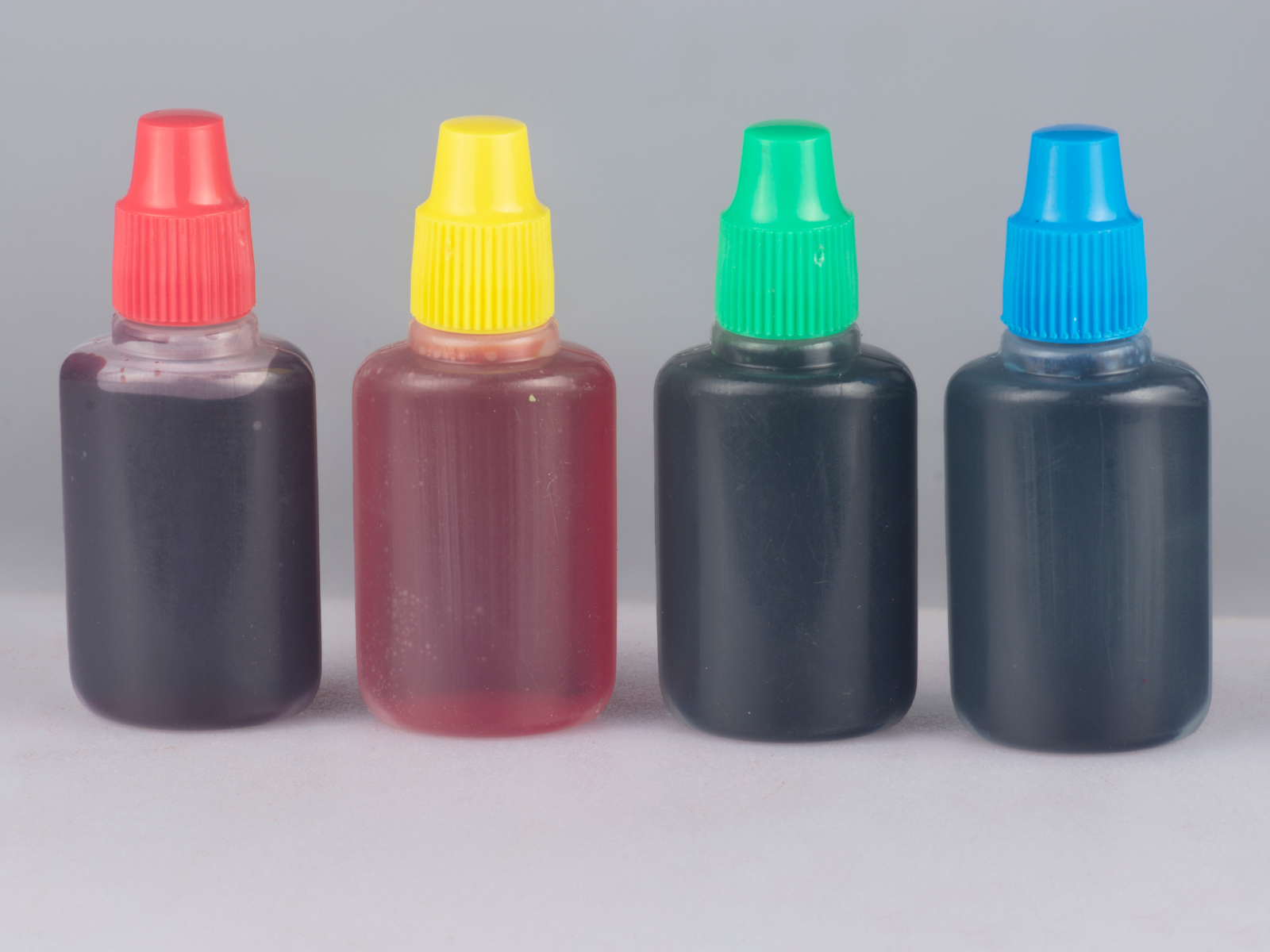
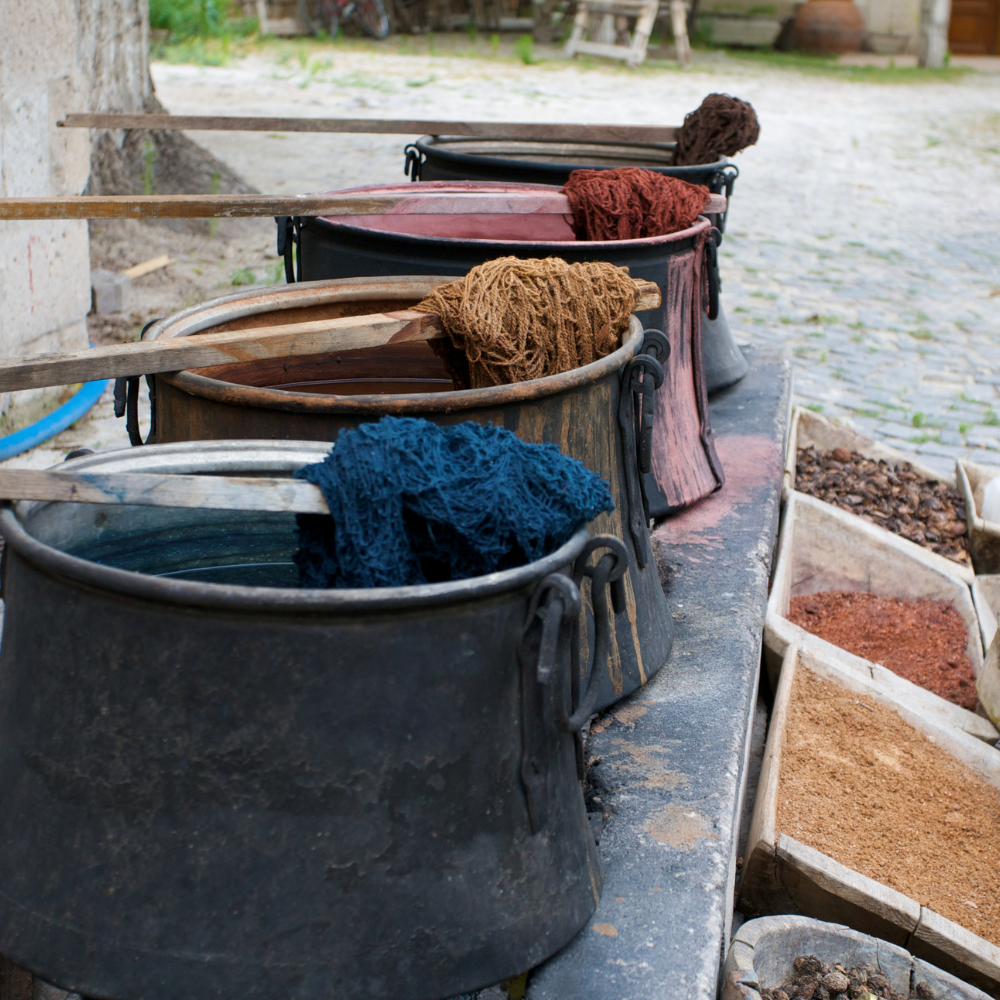
The Tools of the Trade
Now, let's talk tools.
Dyeing fabric isn't just a matter of dunking it in a pot of color — it's an art!
Before you dip your toes (or rather, fabrics) into dyeing, it's crucial to understand the different types of fabrics.
Natural fabrics like cotton, silk, and wool take on dyes differently compared to synthetic ones like polyester and nylon.
The fabric's composition affects how it absorbs color, resulting in varying degrees of vibrancy and durability.
In addition to fabric and dye, you'll need a few additional materials to get started.
First off, you'll need protective gear and rubber gloves, to protect your skins from dye staining.
Safety first, folks!
Additionally, you'll need measuring cups and spoons to measure out the dye and any additional chemicals or additives.
You'll also need a large pot or bucket to mix the dye in, as well as a stirring utensil.
If you're planning on tie-dyeing, you'll need rubber bands or string to bind the fabric.
Plus, a clothesline or drying rack will be useful for drying your freshly dyed fabric.
Now that you know the basics, let's get dyeing!

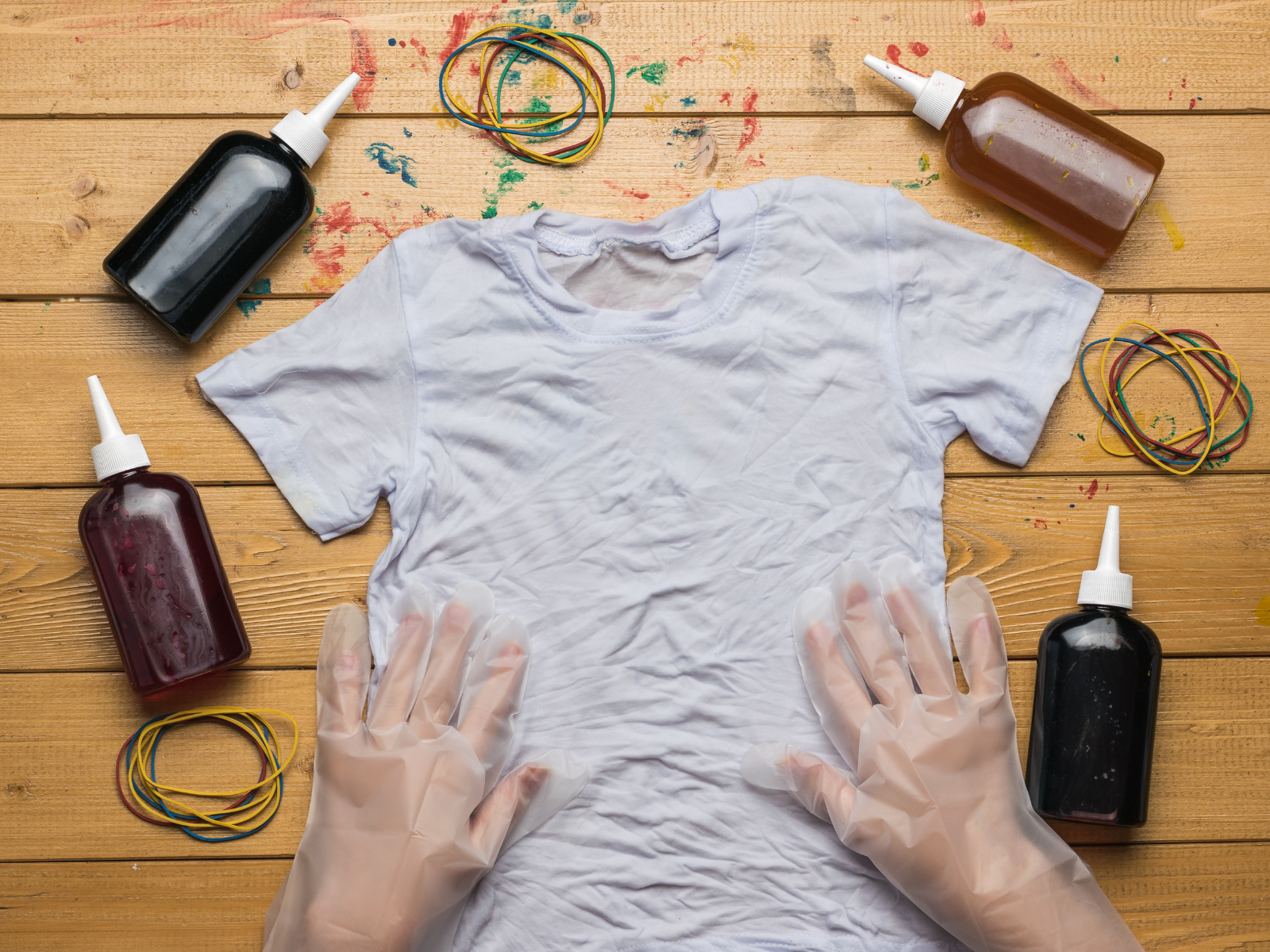
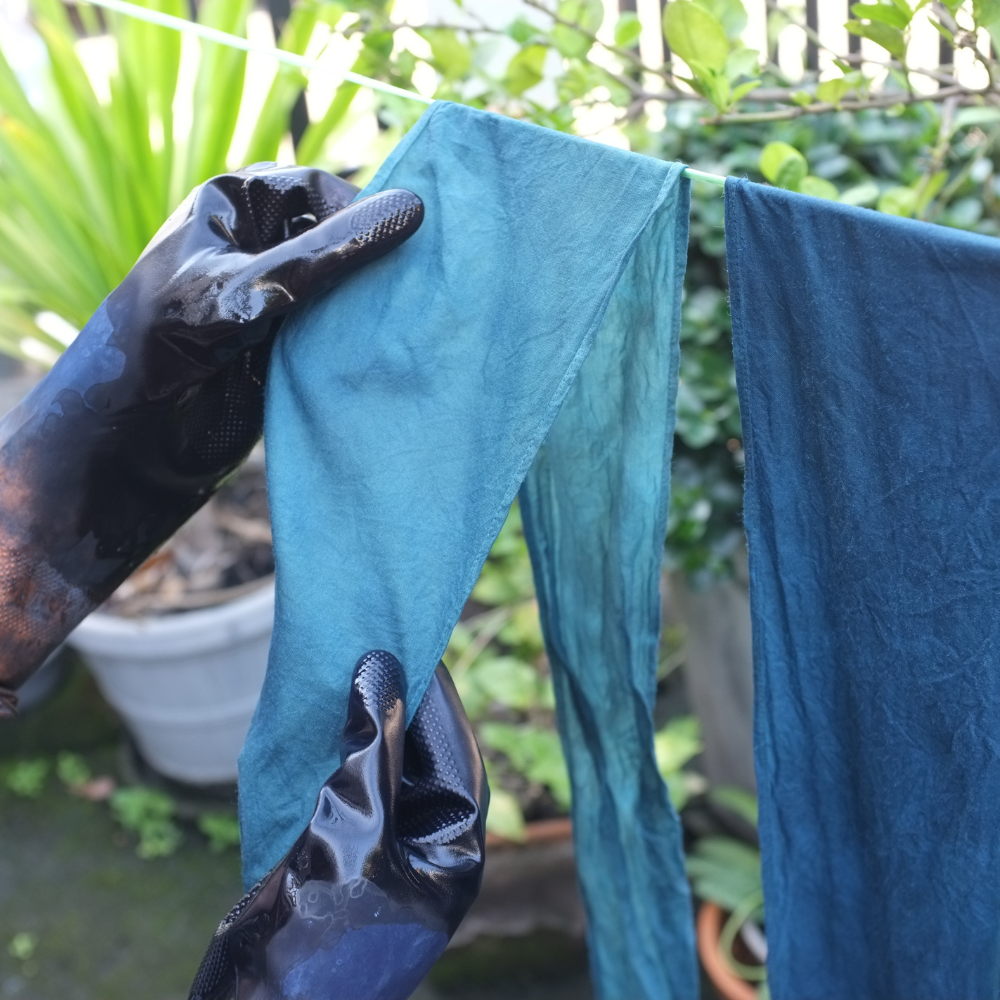
Dyeing Techniques
Once you've chosen your dye, it's time to decide on your dyeing technique.
There are various methods of dyeing fabric, each producing different effects.
Here are some popular techniques:
- Direct Dyeing: This is the simplest method; just immerse the fabric in the dye bath and wait for the magic to happen.
- Resist Dyeing: Techniques like tie-dyeing and batik fall under this category, where parts of the fabric are blocked off to create patterns.
- Discharge Dyeing: A process where a bleaching agent is used to remove color from specific areas of a previously dyed fabric, allowing new color to be added.
- Ombre Dyeing: For a trendy gradient effect, dip the fabric into the dye bath gradually, leaving each section in for a different amount of time.
- Tie-Dyeing: This is where you can let your creativity run wild; twist, fold, or tie the fabric before dyeing to create unique patterns.
- Dip Dyeing: A great option for lighter fabrics, dip dyeing involves dipping one end of the fabric into dye and allowing it to slowly flow up the fabric.
- Shibori: This traditional Japanese technique can be complex but yields stunning results; using a mixture of folding and binding techniques, you can create intricate patterns on your fabric.
Experimenting with different techniques can result in unique and beautiful designs.
No matter if you're using a black dye kit or messy powders, the results of fabric dyeing can be quite breathtaking.
Plus, when done correctly, your dyed fabrics should last much longer than if you'd just bought them pre-dyed.


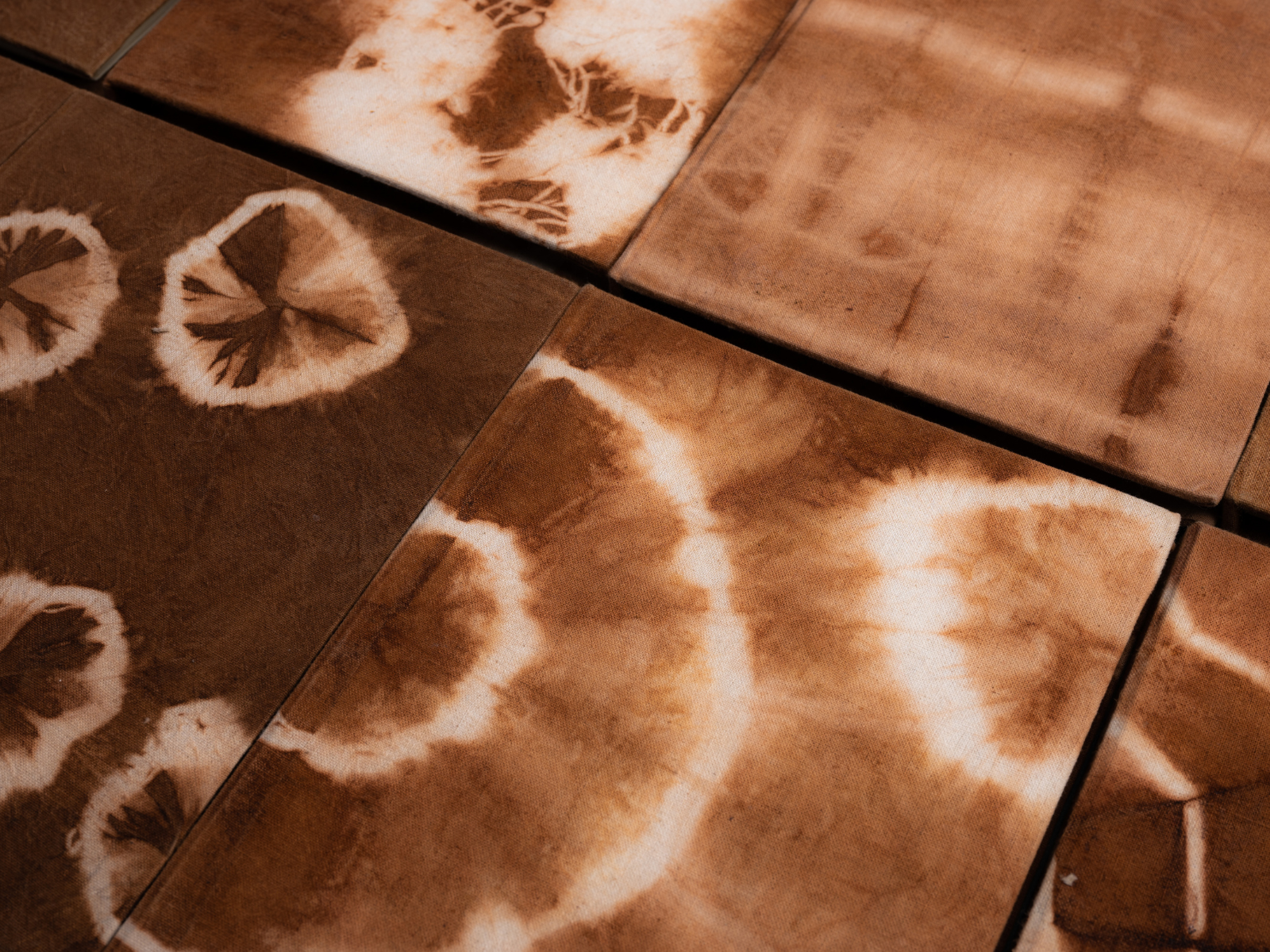
Take a Dip in the Dye Pot
Ready to get your hands colorful?
The dyeing process involves several steps and factors to keep in mind, from pre-treating the fabric to rinsing and drying.
- Preparing the Fabric: Before you start, wash your fabric to remove any oils or dirt. Trust me, your dye will thank you.
- Dye Selection: Choose the right dye based on your fabric type and desired color.
- Temperature Control: Different dyes require different temperatures, so use a thermometer to ensure accuracy.
- Time: The longer the fabric stays in the dye bath, the deeper the color. Patience is key!
- Adding Dye: When adding dye, always follow instructions carefully; for example, some brands require a special activator to work properly.
- Post-Dye Care: After the dyeing is complete, rinse the fabric in cold water until the water runs clear. Then wash with detergent and cold water, and dry it on a clothesline or drying rack.
With patience and practice, you'll master your own unique dyeing techniques!
Remember, fabric dyeing isn't just a craft—it's a journey.
It's about experimenting, making mistakes, and creating something uniquely yours.
So, what are you waiting for?
Grab some dye and let your inner artist shine!
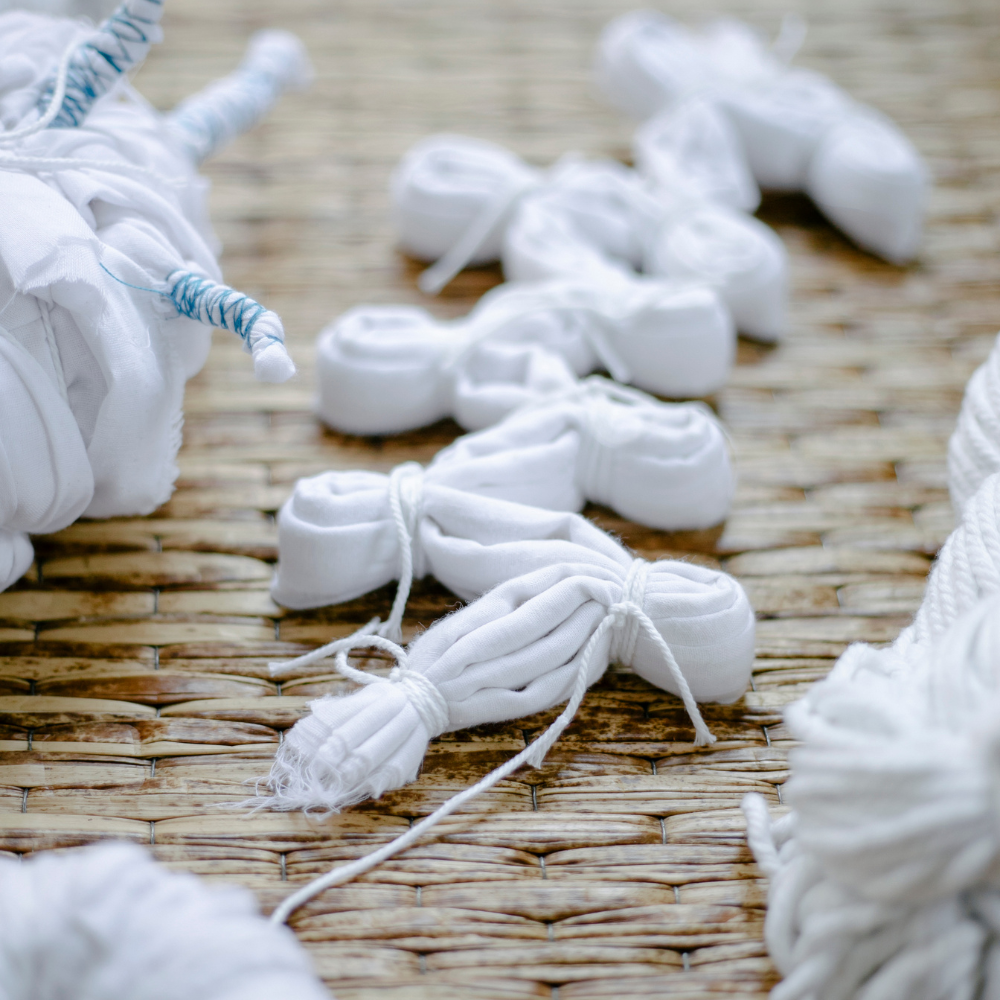
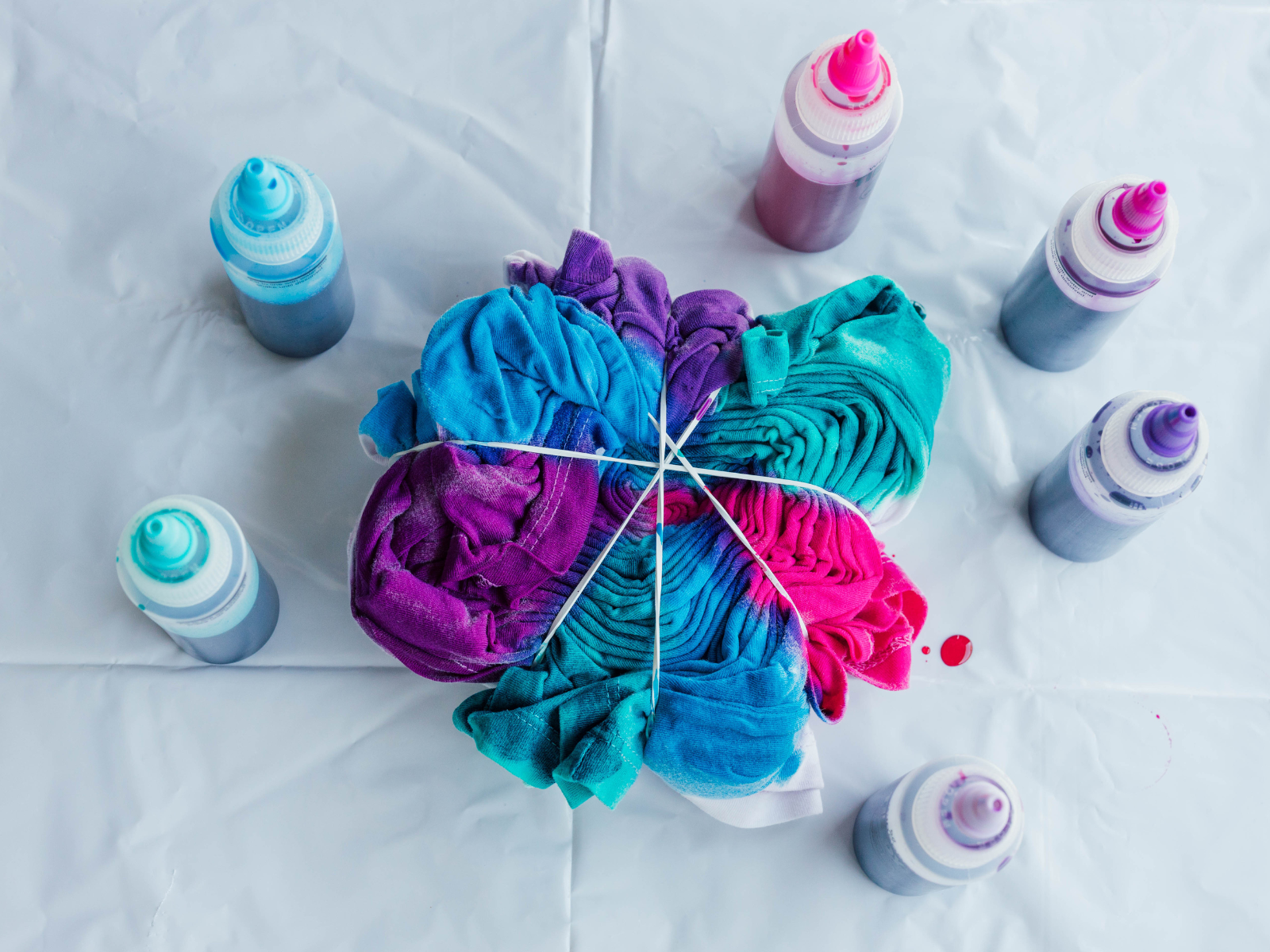
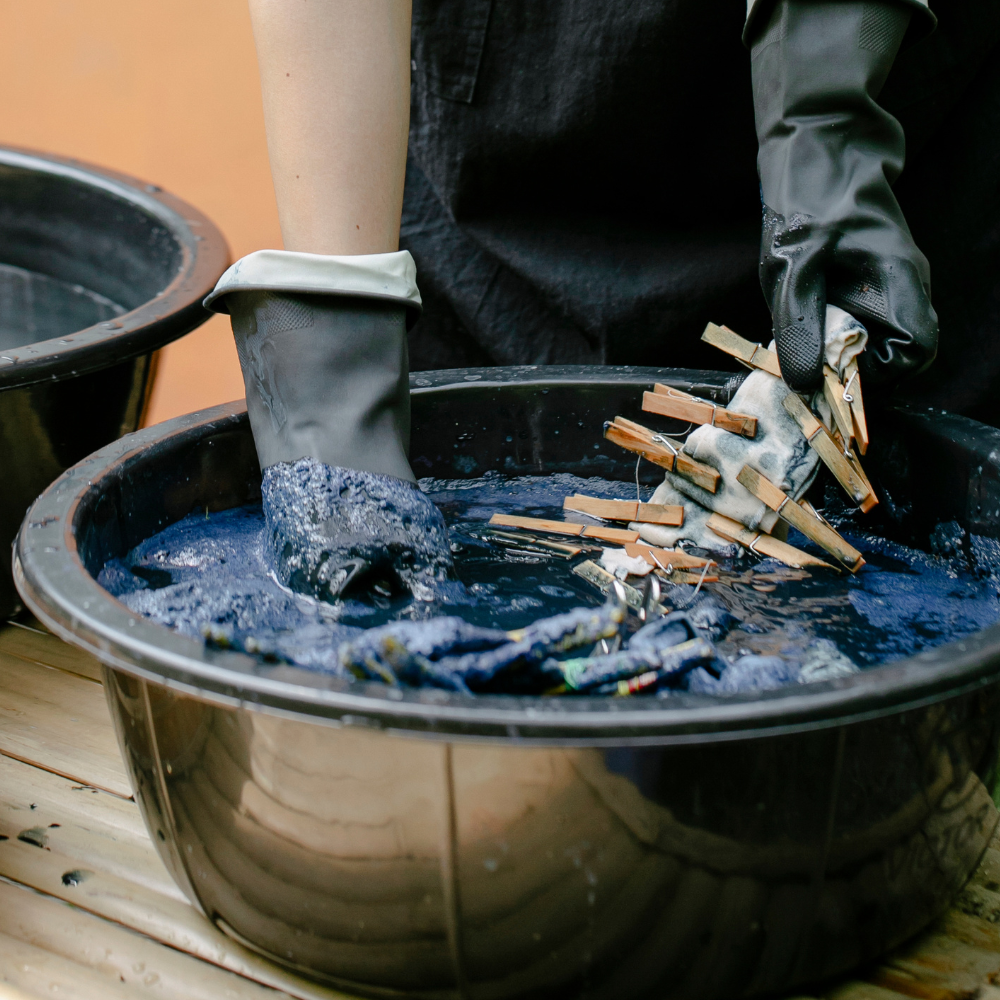
Color Me Up: Pro Tips and Tricks
Dyeing fabric can be a messy and unpredictable process.
To ensure the best results, follow these tips and tricks:
- Fabric Protection: Pre-treat delicate fabrics with a fixative to protect the fibers.
- Color Blending: Experiment with mixing dyes to create your own unique colors.
- Fading Prevention: Use a color stay detergent to help maintain the vibrancy of your dyed fabrics.
- Pre-washing: Always pre-wash your fabric to remove any dirt, oil, or sizing that might interfere with the dye absorption.
- Prevention is Key: Wear gloves and old clothing to avoid dye stains and use a respirator or mask when mixing dye powders to avoid inhaling fumes.
- Take Your Time: Allow the fabric to fully dry before washing or wearing to avoid dye transfer.
- Have Fun: Experiment with different dyeing techniques and color combinations to create unique designs.
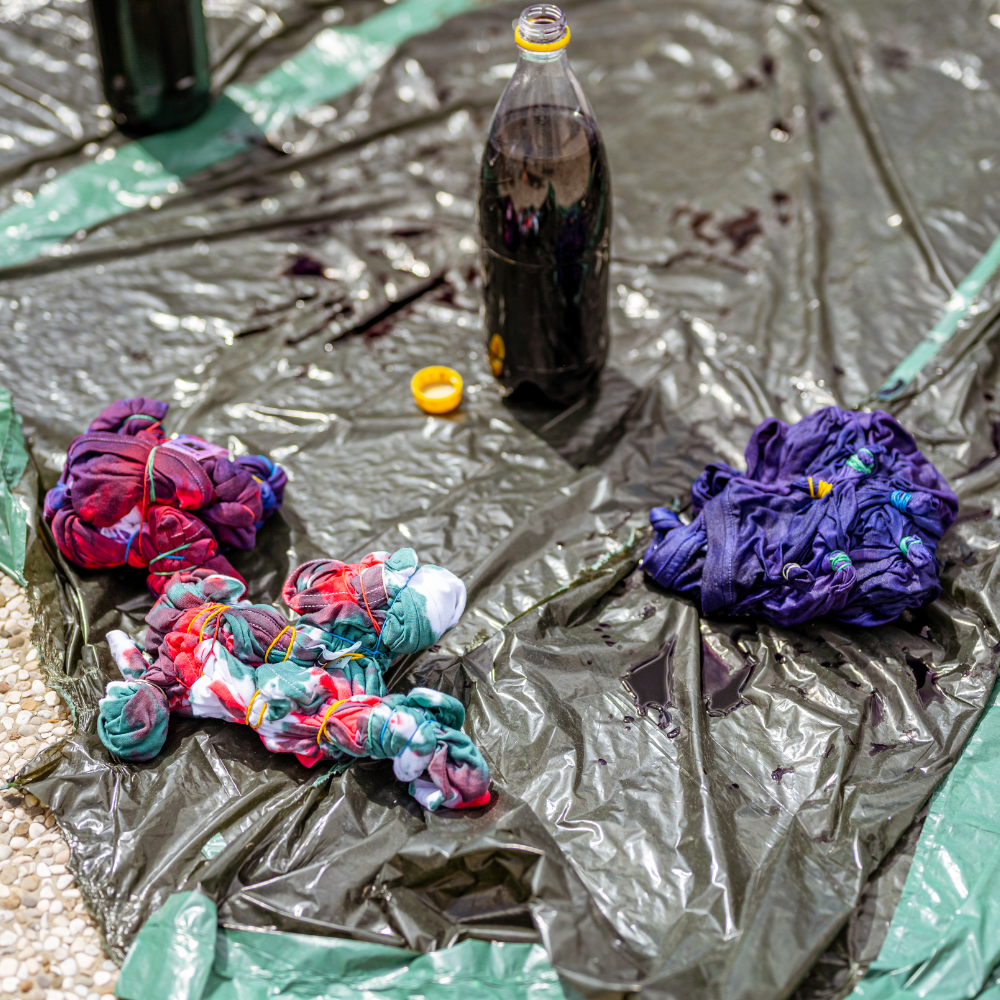


Phenomenal Fun with Fabric Dyes
Fabric dying is an art form with a rich history, where you can create vibrant, unique pieces with just a few simple materials.
The possibilities are endless, from intricate shibori patterns to vibrant tie-dye shirts.
It's a fun and easy activity that anyone can do—even if you don't have any experience in the craft.
Fabric dyes are an excellent way to add personality and creativity to your wardrobe.
From choosing fabric and the right dye to experimenting with different techniques, there's no shortage of ways to get the perfect look.
Whether you're a seasoned pro or a beginner dyer looking to channel your inner tie-dye master, fabric dyes offer a world of possibilities at your fingertips.
With this comprehensive guide, you're now ready to embark on your fabric dyeing journey.
Start playing with different dye types and techniques and watch the magic unfold!
Remember, it's all about experimenting and expressing your creative side.
So, go ahead, unlock your inner color wizard and unleash your creativity with fabric dyes!
Good luck and have a blast creating beautiful dyed fabrics!

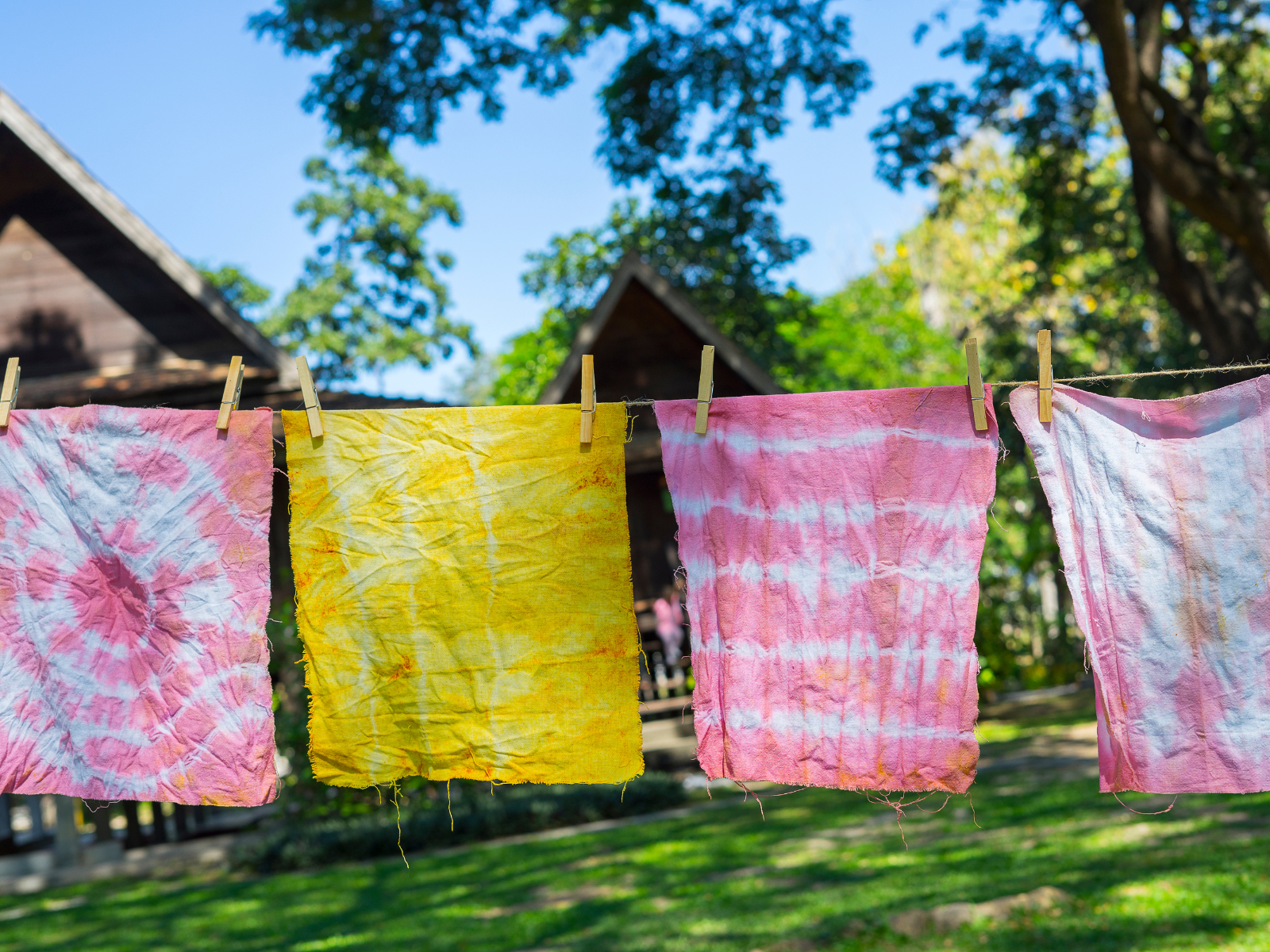
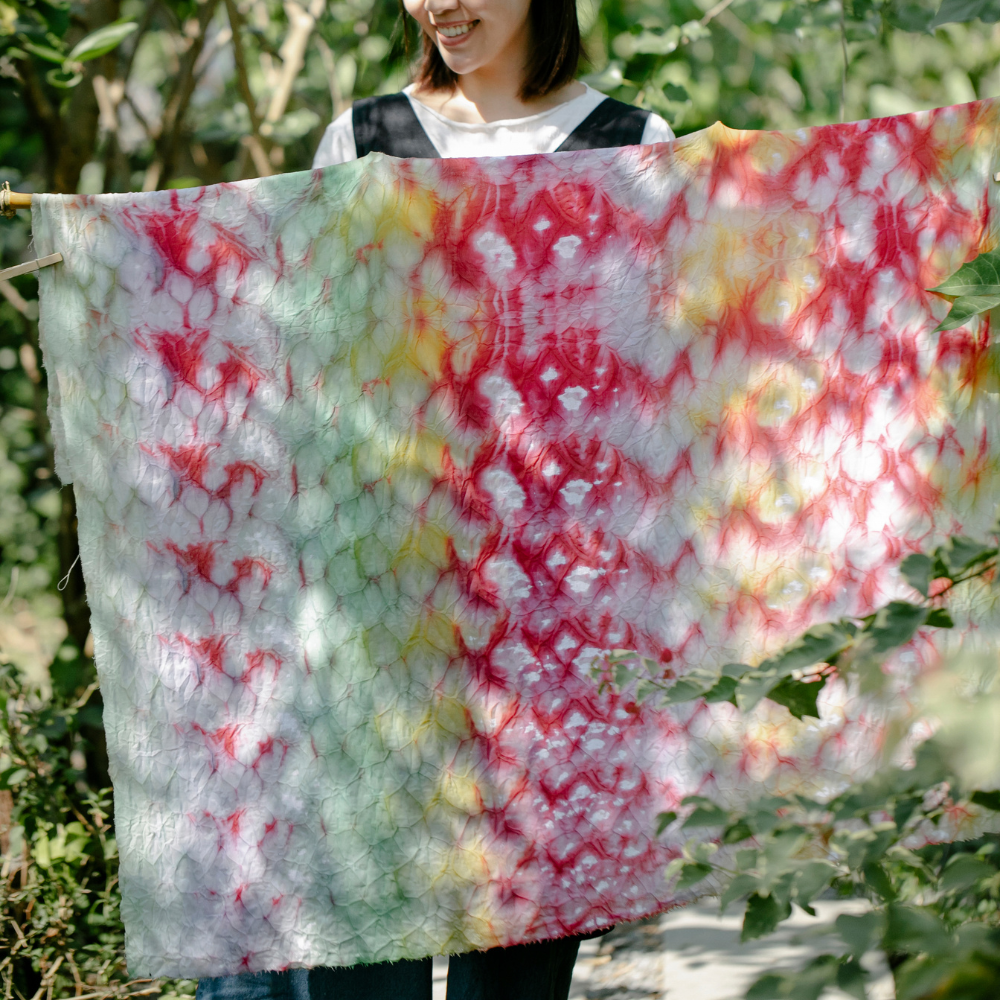
Looking to learn more about making your own dyes for fabric? Check out National Quilters Circle's video!
Want even more content about creativity and art?
Be sure to check out all of our creative chronicles!
Interested in crafting with fabrics?
Check out some of our other textile articles:
